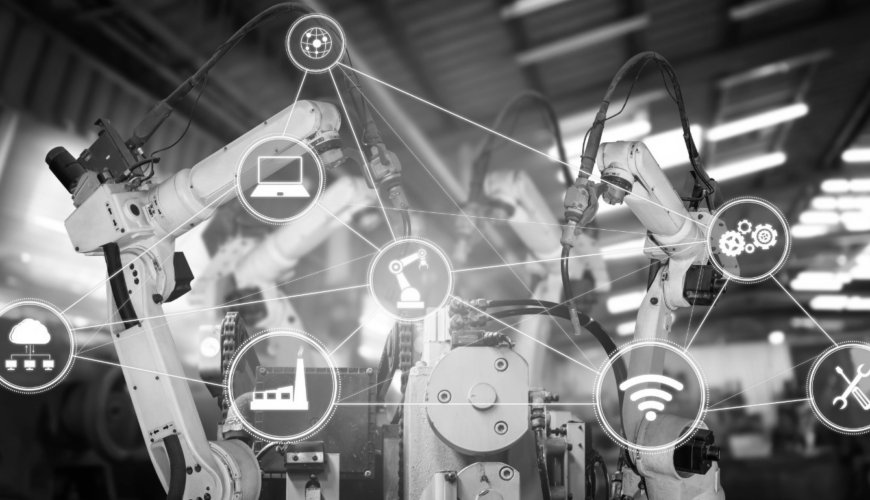Smart robot picking, also known as robotic picking or automated picking, is a rapidly advancing area in warehouse automation where robots are used to pick items from shelves and bins to fulfill orders. This technology leverages a combination of robotics, machine learning, computer vision, and artificial intelligence to perform tasks traditionally done by human workers. The following are key aspects and benefits of smart robot picking.
Key Aspects of Smart Robot Picking
Robotic arms with grippers, suction cups, or other end-effectors handle various items. Mobile robots, autonomous mobile robots (AMRs), and automated guided vehicles (AGVs) are designed to transport picked items to packing or shipping areas. Object recognition uses cameras and sensors to identify and locate items within the warehouse. Depth sensing determines the distance and position of objects for precise picking.
Learning algorithms continuously improve picking accuracy and efficiency by learning from past operations. Path optimization determines the most efficient routes and picking sequences to minimize travel time. Real-time data integrates with Warehouse Management Systems (WMS) to receive picking instructions and update inventory levels. Task assignment dynamically assigns tasks to robots based on real-time warehouse conditions.
Safety features equipped with sensors and safety mechanisms avoid collisions and ensure safe operation around humans. Human-robot collaboration is designed to work alongside human workers, enhancing overall productivity.
Benefits of Smart Robot Picking
With 24/7 operation, robots can work continuously without breaks, significantly increasing throughput. Robots often pick items faster than human workers, especially for repetitive tasks. This reduces picking errors and improves order accuracy, increasing customer satisfaction. Labor costs reduce reliance on manual labor, lowering overall operational costs.
Reduced turnover minimizes the impact of labor shortages and high turnover rates in warehousing jobs. Flexibility easily scales to handle varying order volumes and seasonal peaks without additional human labor. Adaptability can be reprogrammed and reconfigured to handle different types of products and warehouse layouts. Operational insights collect data on picking operations, providing valuable insights for optimizing warehouse processes.
Examples of Smart Robot Picking Systems
- Amazon Robotics: Amazon uses a combination of robotic arms and mobile robots in its fulfillment centers.
- Ocado Technology: Developed highly automated warehouses with robots that pick groceries.
- RightHand Robotics: Specializes in robotic picking systems for e-commerce and logistics.
- GreyOrange: Provides intelligent robotics solutions for warehouse automation.
Smart robot picking is transforming warehouse operations by making them more efficient, accurate, and adaptable. As technology advances, robotic picking’s capabilities and applications will expand, offering even greater benefits to the logistics and warehousing industry.


